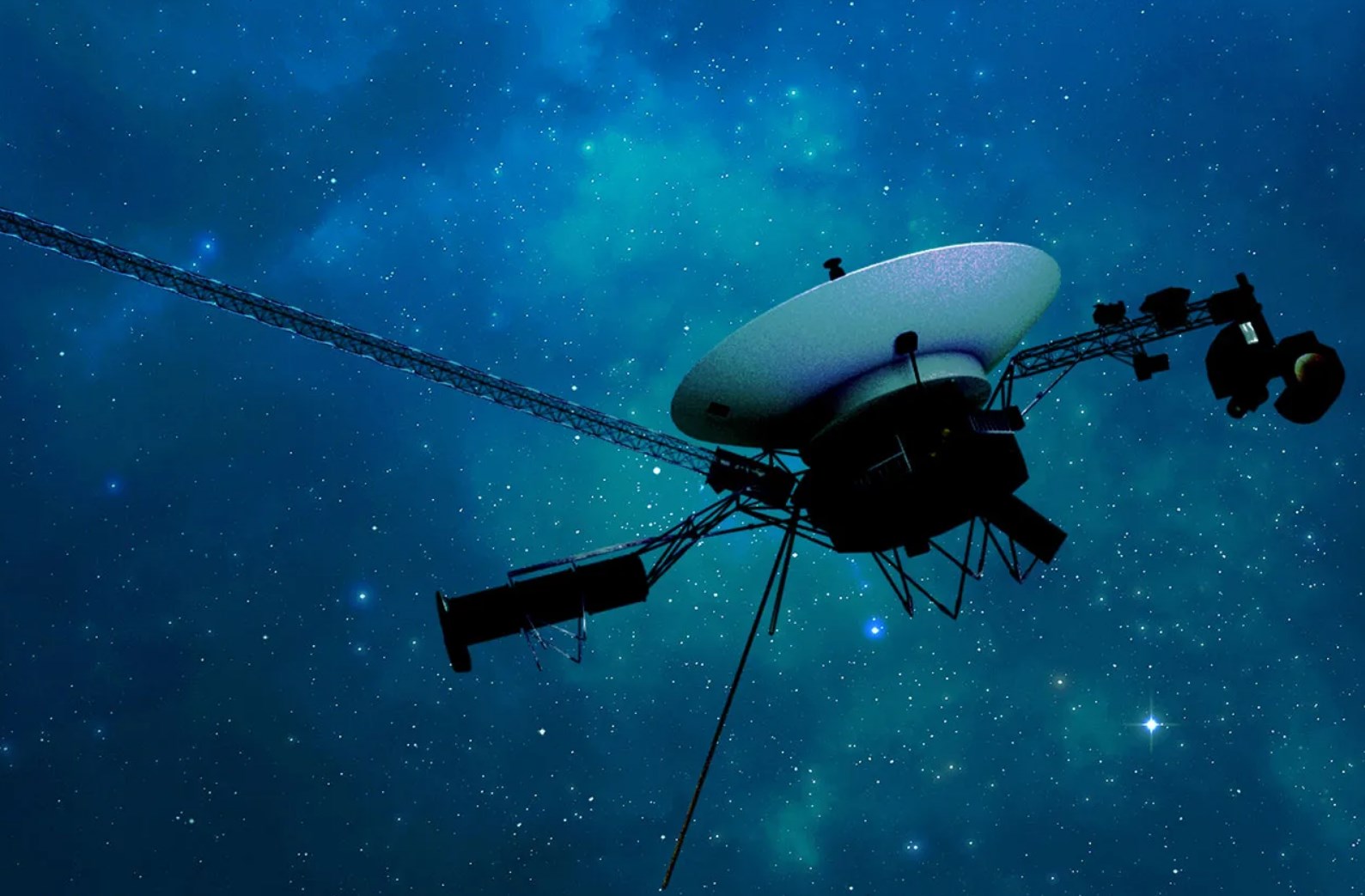The Voyager 1 spacecraft had problems, due to which it lost the ability to send data to Earth. This is stated in a message posted on the NASA website.

Voyager 1 was launched in September 1977. To date, it is the most distant object made by humans. During the 46 years of its journey, Voyager 1 managed to move away from the Sun at a distance of 162 AU (24.2 billion km).
This respectable age, of course, makes itself felt. Over the past years, the spacecraft has encountered a number of technical problems. So, in 2022, it transmitted anomalous telemetry to Earth for several months. Unfortunately, the new glitch is even more serious. It is connected to one of the spacecraft’s computers, called the Flight Data System (FDS).
The situation is as follows. Voyager 1 transmits scientific data and engineering telemetry to Earth via a telecommunications unit (TMU). But recently, it started sending a repeating pattern of ones and zeros, as if it was stuck. Excluding other possibilities, the mission’s specialists determined that the source of the problem was FDS. Last weekend, the team tried to restart the computer, but it didn’t help. Voyager 1 is still sending unusable data. At the same time, the spacecraft still receives and executes commands sent from Earth. However, for some reason, FDS cannot contact TMU.
It may take several weeks for mission specialists to develop a new plan to fix the problem. The situation is complicated by the fact that they have to refer to documents from almost half a century ago. They were written by engineers who did not foresee the situations arising today. In addition, do not forget about the distance factor. Commands sent from Earth take 22.5 hours to reach the spacecraft. It takes the same amount of time to get a response. This means that mission specialists have to wait 45 hours to find out if the command has led to the desired result.
According to https://blogs.nasa.gov
Follow us on Twitter to get the most interesting space news in time
https://twitter.com/ust_magazine


